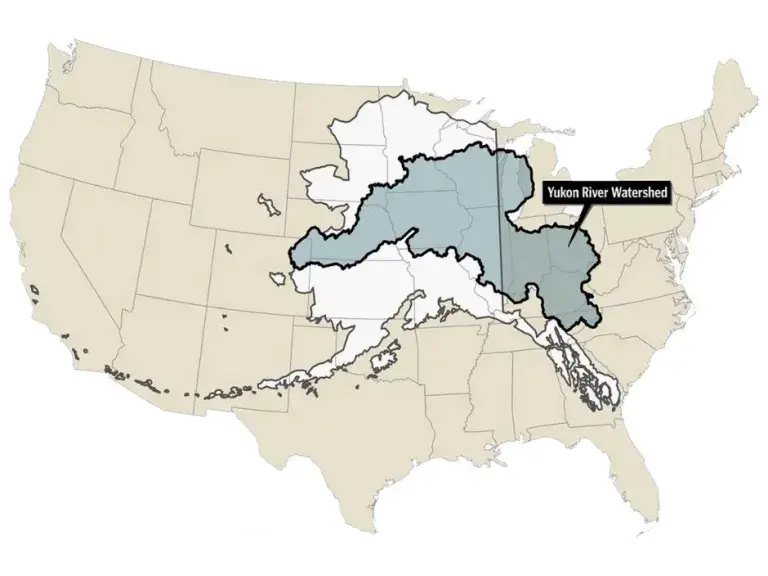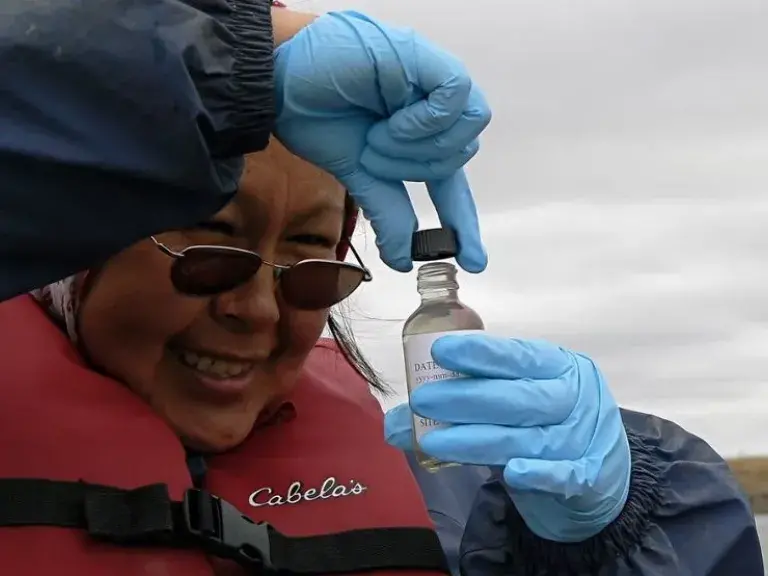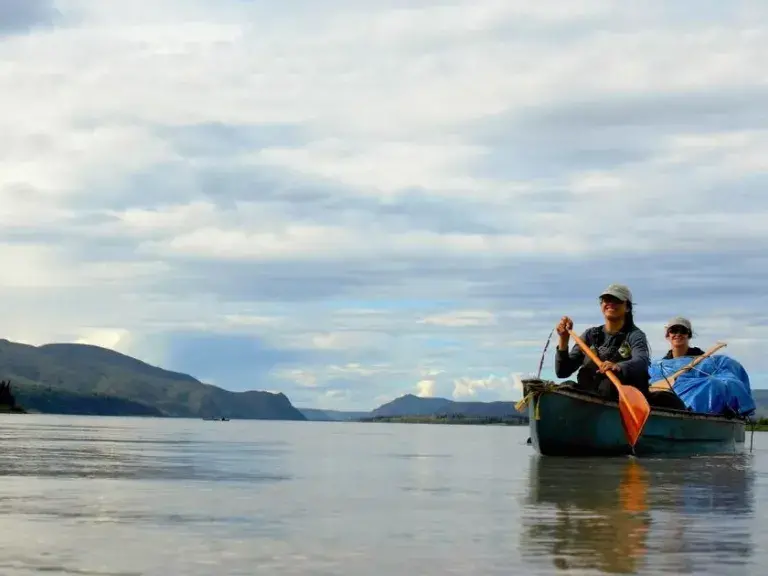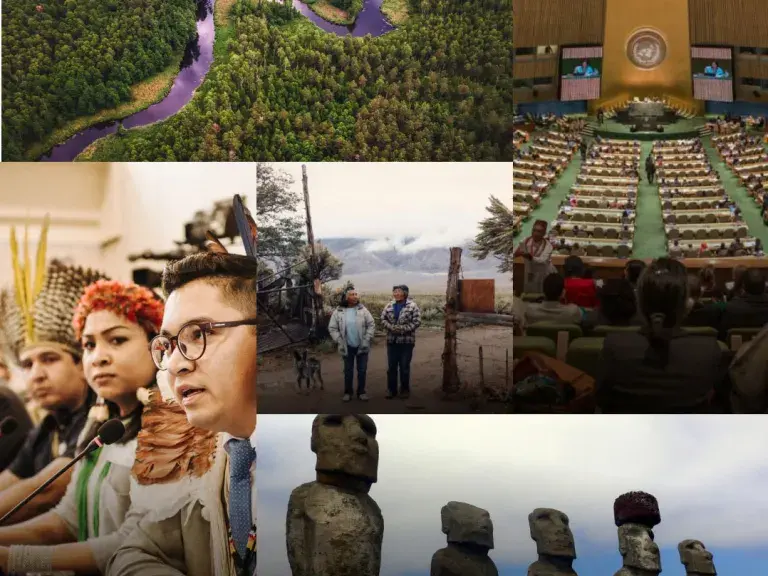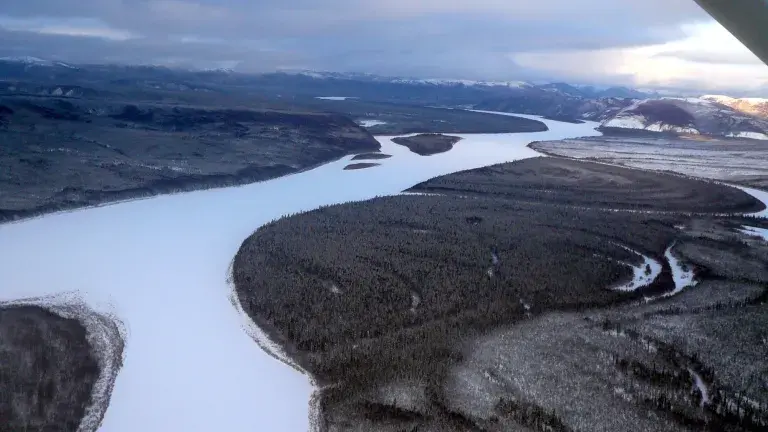
The Center has a long history of environmental advocacy in Alaska. Over the years, the Center has helped Alaska Native nations and villages expand their legal and technical capacity to protect and clean up their lands and waters. Watershed protection is a critical issue for Native peoples in Alaska because the rivers are often essential for subsistence livelihoods and traditions.
